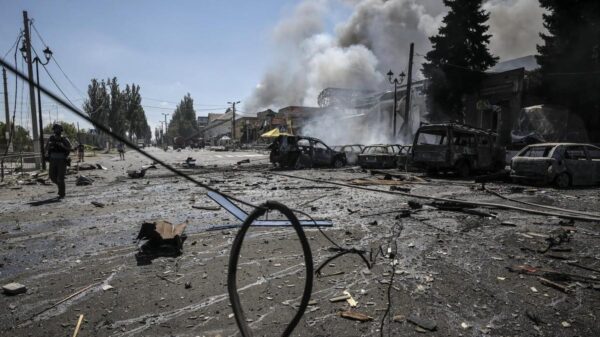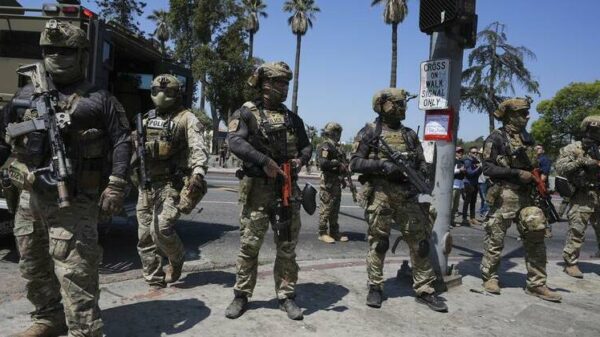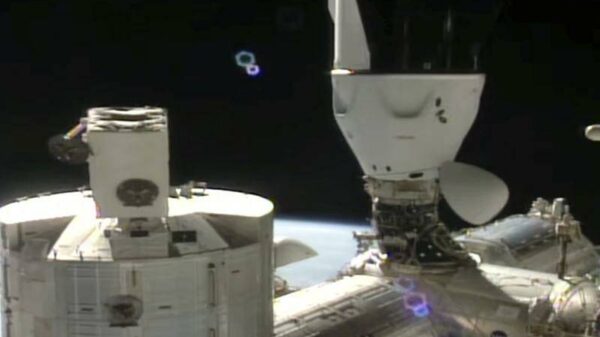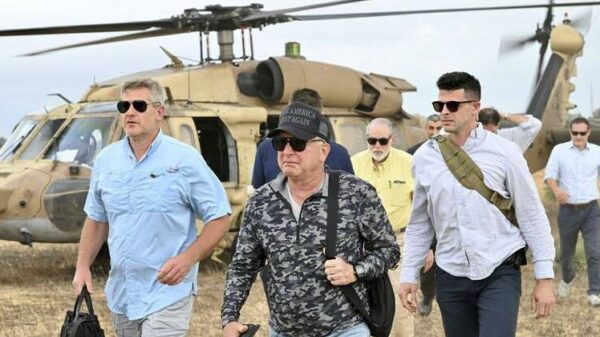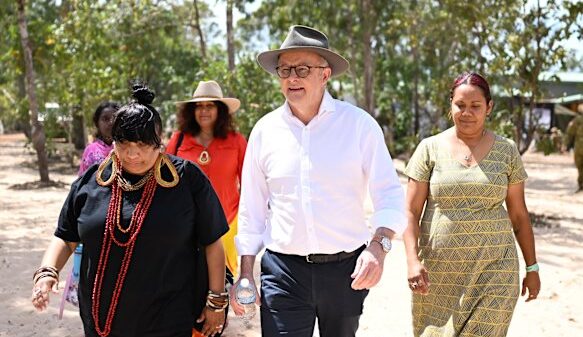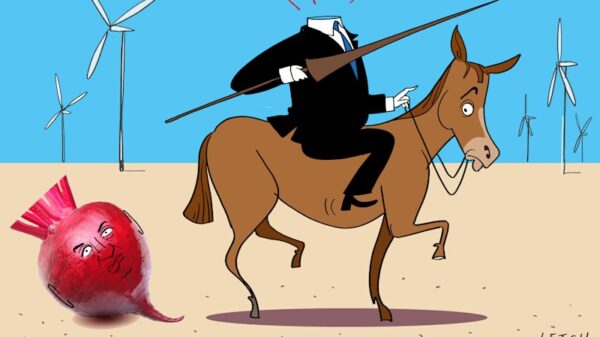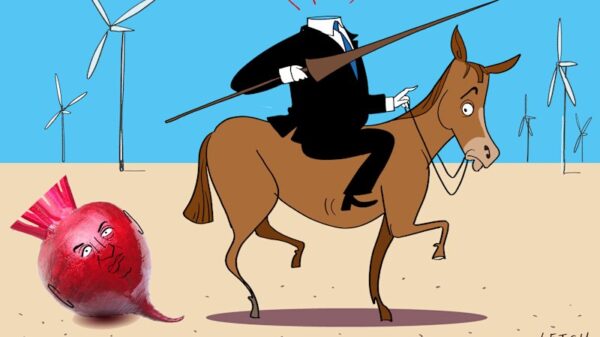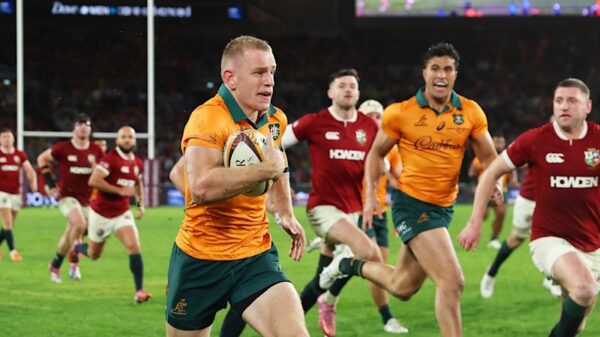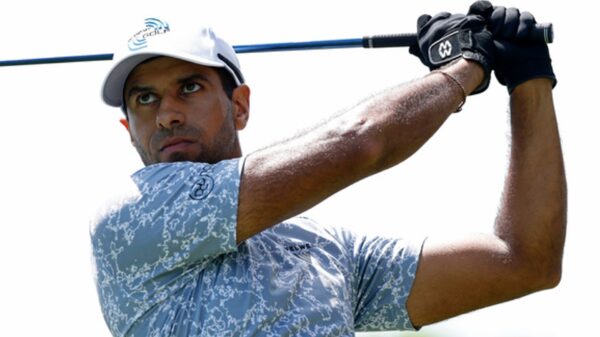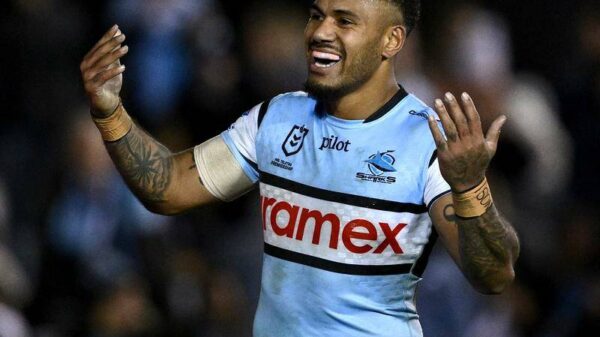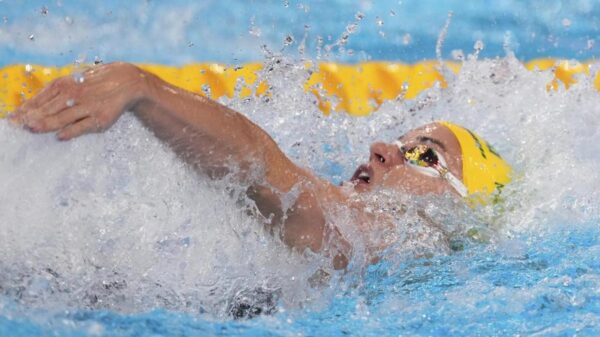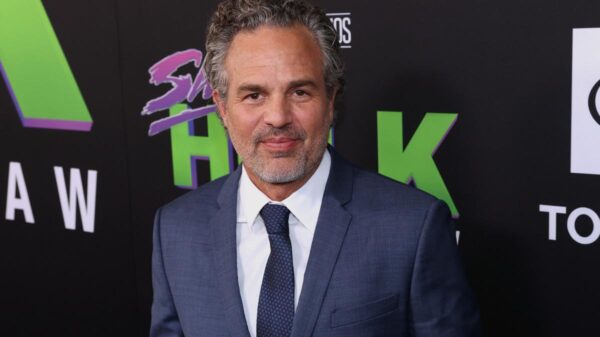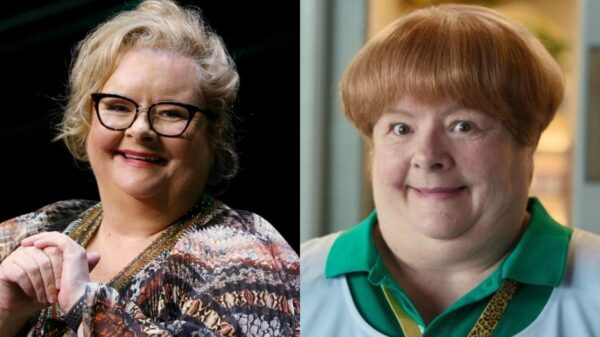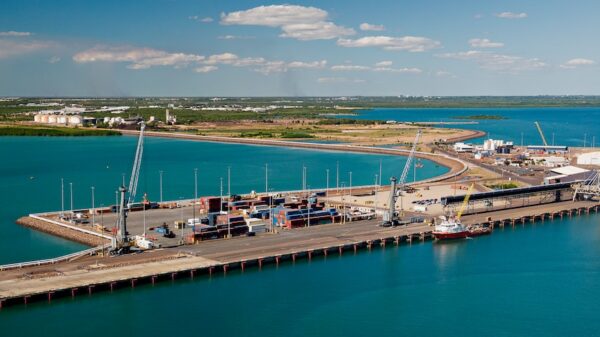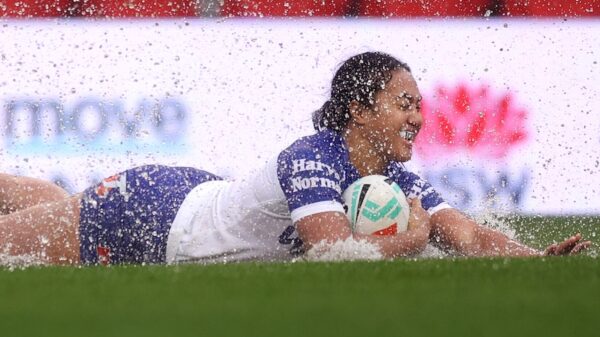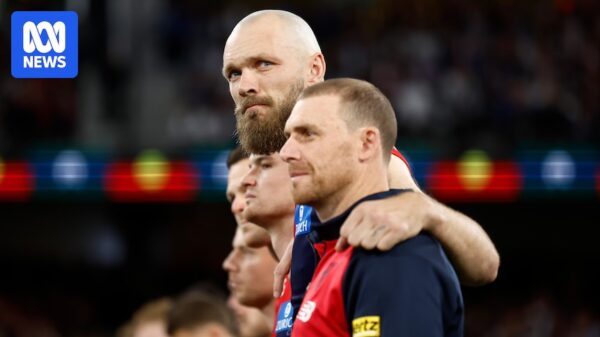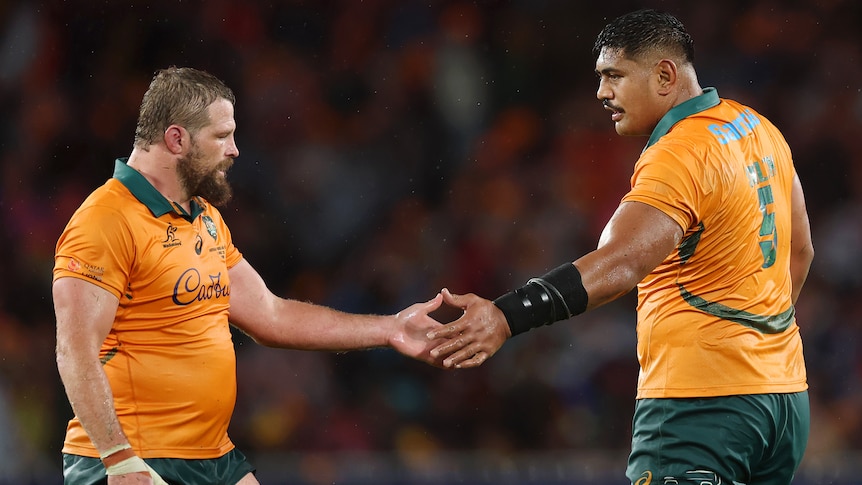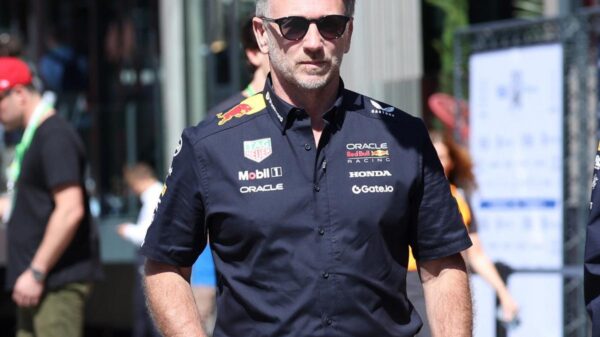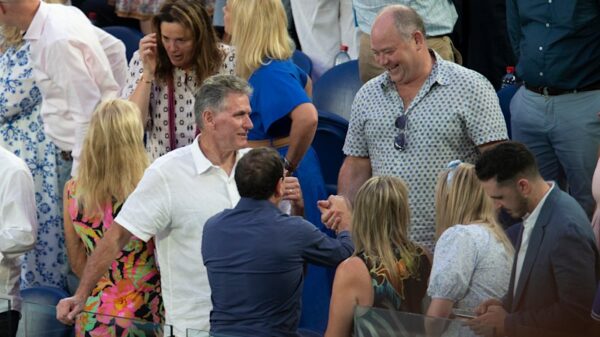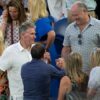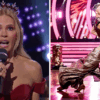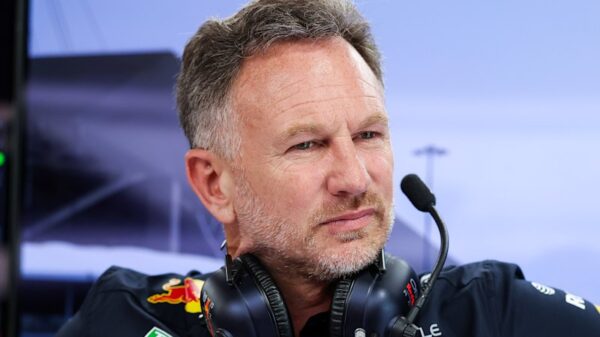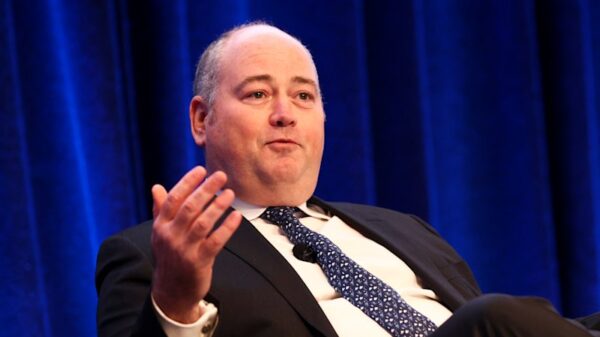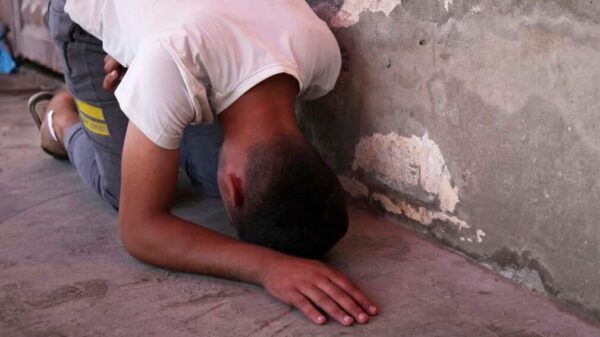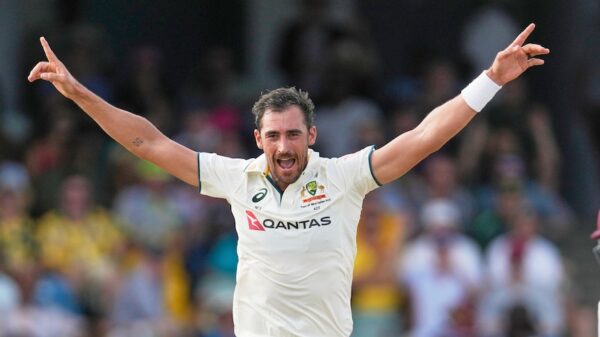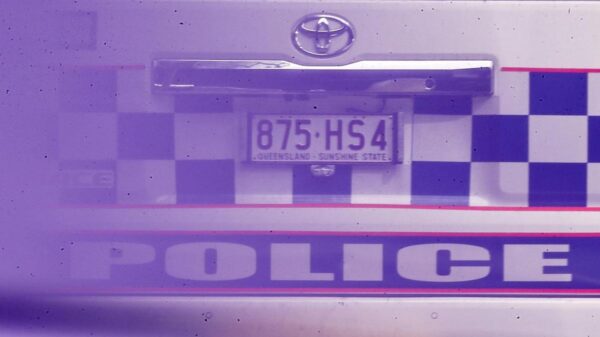The Wallabies defeated the British and Irish Lions 22-12 in the third Test held in Sydney, avoiding a series whitewash. While this victory provided a much-needed boost to morale, it also highlighted frustrations over missed opportunities in the three-match series. Despite the win, the Wallabies are left to reflect on the larger implications of their performance.
In the first Test in Brisbane, the Wallabies suffered a disappointing 27-19 loss. They struggled in physical confrontations, a challenge exacerbated by the absence of injured forwards Rob Valetini and Will Skelton. At one point, the Wallabies trailed 24-5, only managing to narrow the gap when the Lions eased off, recognizing their opponents were unable to mount a comeback.
The second Test in Melbourne saw a contrasting performance from the Wallabies, who initially dominated to take a 23-5 lead. However, a controversial incident involving Jac Morgan and Carlo Tizzano in the final minute shifted momentum, resulting in a narrow 29-26 defeat. Wallabies captain Harry Wilson expressed the pain of this loss, noting that it stemmed not from a lack of skill, but rather from a lack of confidence within the squad.
The Wallabies have a history of relinquishing leads, particularly during their ongoing struggles in the Bledisloe Cup since 2003. To become contenders for the upcoming world championships, they must learn to capitalize on advantageous positions in matches.
Player depth remains a pressing concern for the team. Coach Joe Schmidt has introduced 19 players to test rugby in 2024, but the depth of talent remains inconsistent. For instance, while the openside flanker position has competitive options such as Fraser McReight and Tizzano, the fly-half position lacks the same breadth, evidenced by Tom Lynagh‘s struggle against Lions’ star Finn Russell.
Looking ahead, the Wallabies are set to face the two-time defending world champions, the Springboks, in back-to-back Rugby Championship tests in South Africa starting in a fortnight. The selection of Joseph-Aukuso Suaalii has sparked debate, with suggestions he may shift from outside centre to wing. Should he make this move, Hunter Paisami could return to the midfield, allowing Len Ikitau to resume his preferred position.
Schmidt’s upcoming squad selection may take a more experimental approach, potentially considering uncapped players like Ryan Lonergan and Joe Brial. Historical parallels can be drawn to coach Bob Dwyer, who used a similar series loss to the Lions in 1989 to reassess his squad ahead of the 1991 World Cup, resulting in significant changes that ultimately led to success.
The tour by the Lions is not solely a learning experience for the Wallabies but for Australian rugby as a whole. Insights gained from this series must extend to grassroots levels, potentially benefiting from the financial boost that Rugby Australia is expected to receive from the tour.
The historical impact of Lions tours cannot be underestimated. Former All Blacks coach Graham Henry highlighted how the Lions’ visit in 1971 transformed New Zealand rugby, ultimately contributing to their World Cup victory in 1987. As Australian rugby looks to the future, the hope is that the lessons learned from the 2025 Lions tour will inspire local coaches and players, fostering a new generation of talent.
As the Wallabies prepare for their upcoming challenges, a thorough evaluation of their current squad is crucial. The performance against the Lions serves as a stark reminder of the work needed to compete at the highest level, particularly with the 2027 Rugby World Cup on the horizon.



